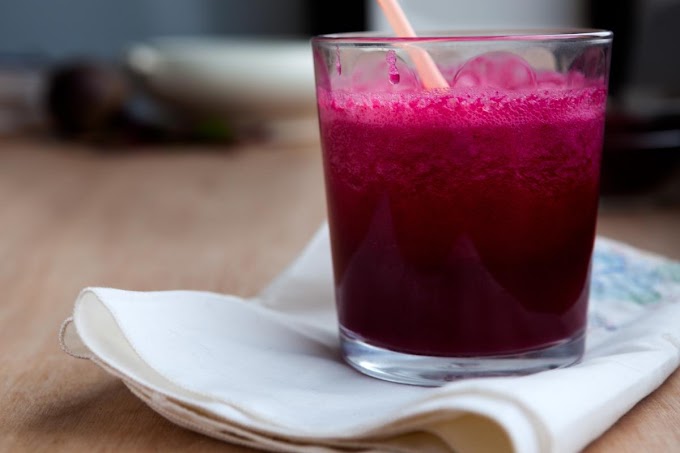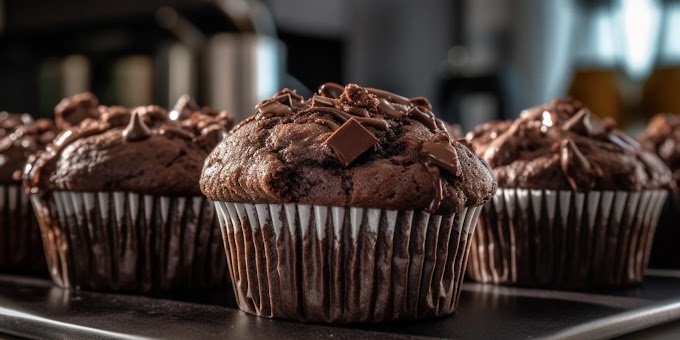Introduction
Baking skinless, boneless chicken breasts is a staple technique that every home cook should master. These versatile cuts of chicken are lean, healthy, and quick to cook, making them a popular choice for weeknight dinners. However, achieving perfectly baked chicken breasts that are juicy and flavorful can be challenging, as they are prone to drying out. In this blog, we will walk you through the steps to bake skinless, boneless chicken breasts that are tender, juicy, and delicious every time. Along the way, we'll provide tips, variations, and answers to common questions about baking chicken breasts.
1. Why Bake Skinless Boneless Chicken Breasts?
Before diving into the how-to, let's discuss why baking skinless, boneless chicken breasts is such a great option. First, chicken breasts are a lean source of protein, making them a healthy choice for those looking to maintain or lose weight. They are also incredibly versatile; you can season them in countless ways and pair them with a variety of sides.
Baking chicken breasts is also a hands-off cooking method, allowing you to prepare the rest of your meal or relax while the chicken cooks. Unlike stovetop cooking, which requires constant attention, baking is more forgiving and produces consistent results.
2. Gather Your Ingredients
To bake skinless, boneless chicken breasts, you will need the following ingredients:
Chicken Breasts: 2-4 skinless, boneless chicken breasts, about 6-8 ounces each.
Olive Oil: 2 tablespoons of olive oil (or any cooking oil of your choice).
Salt: 1 teaspoon of kosher salt.
Pepper: 1/2 teaspoon of freshly ground black pepper.
Garlic Powder: 1/2 teaspoon of garlic powder.
Paprika: 1/2 teaspoon of paprika (optional for color and flavor).
Herbs: Fresh or dried herbs such as thyme, rosemary, or parsley (optional).
Lemon: Juice of half a lemon (optional for extra flavor).
3. Preheat the Oven
Start by preheating your oven to 400°F (200°C). A higher temperature helps to lock in the moisture, ensuring the chicken breasts stay juicy. While the oven is heating, take your chicken breasts out of the refrigerator to bring them closer to room temperature, which allows for even cooking.
4. Prepare the Chicken Breasts
Before baking, it’s important to prepare the chicken breasts properly. First, if the chicken breasts are uneven in thickness, pound them to an even thickness using a meat mallet or rolling pin. This step ensures that the chicken cooks evenly, preventing some parts from drying out while others remain undercooked.
Next, pat the chicken breasts dry with paper towels. Removing excess moisture allows the seasoning to adhere better to the chicken and helps achieve a nice sear on the outside.
5. Season the Chicken Breasts
Drizzle the chicken breasts with olive oil, ensuring they are evenly coated. The oil not only adds flavor but also helps keep the chicken moist during baking. Season both sides of the chicken breasts with salt, pepper, garlic powder, and paprika. Feel free to add any additional herbs or spices you like. Fresh herbs such as thyme or rosemary can be placed on top of the chicken for added aroma and flavor. If you like a hint of citrus, squeeze some lemon juice over the chicken.
6. Arrange the Chicken in a Baking Dish
Place the seasoned chicken breasts in a single layer in a baking dish or on a baking sheet lined with parchment paper. Make sure there is some space between each piece to allow for even cooking. If you prefer, you can also use a wire rack placed on top of a baking sheet, which allows air to circulate around the chicken for more even browning.
7. Bake the Chicken Breasts
Once the oven is preheated, place the baking dish in the oven. Bake the chicken breasts for 18-22 minutes, depending on their size. To ensure they are cooked through, use a meat thermometer to check the internal temperature of the thickest part of the chicken. The chicken is done when it reaches 165°F (74°C).
8. Rest the Chicken Breasts
After baking, remove the chicken breasts from the oven and let them rest in the baking dish for 5-10 minutes. Resting allows the juices to redistribute throughout the meat, resulting in a juicier chicken breast. If you cut into the chicken too soon, the juices will run out, leaving the meat dry.
9. Serve and Enjoy
Once the chicken breasts have rested, slice them against the grain and serve. Baked chicken breasts pair well with a variety of sides, such as roasted vegetables, mashed potatoes, or a simple green salad. For a complete meal, consider adding a grain like quinoa, rice, or couscous to your plate.
10. Variations to Try
While the basic method of baking chicken breasts is straightforward, there are endless ways to customize the flavor. Here are a few variations to consider:
Herb and Garlic Chicken: Marinate the chicken breasts in a mixture of minced garlic, chopped fresh herbs (like rosemary, thyme, and parsley), olive oil, and lemon juice for at least 30 minutes before baking.
Spicy Cajun Chicken: Season the chicken breasts with a Cajun spice blend for a kick of heat and bold flavor. Pair with a side of creamy coleslaw to balance the spice.
Lemon Pepper Chicken: Combine lemon zest, lemon juice, cracked black pepper, and a little olive oil to create a tangy and peppery seasoning for the chicken breasts.
Parmesan Crusted Chicken: Mix grated Parmesan cheese with breadcrumbs, garlic powder, and Italian seasoning. Coat the chicken breasts in the mixture before baking for a crispy, cheesy crust.
BBQ Chicken: Brush the chicken breasts with your favorite barbecue sauce before baking. For extra flavor, baste the chicken with more sauce during the last 5 minutes of cooking.
11. Common Questions About Baking Chicken Breasts
Q: How can I prevent chicken breasts from drying out when baking?
A: The key to preventing dry chicken breasts is not overcooking them. Use a meat thermometer to ensure the chicken reaches an internal temperature of 165°F (74°C) and no higher. Also, letting the chicken rest after baking helps retain moisture.
Q: Can I bake frozen chicken breasts?
A: Yes, you can bake frozen chicken breasts, but you will need to increase the cooking time by about 50%. Be sure to check the internal temperature to ensure they are fully cooked.
Q: Should I cover chicken breasts while baking?
A: Covering chicken breasts with foil can help retain moisture, but it may also prevent them from browning. If you prefer a more golden, crispy exterior, bake the chicken uncovered.
Q: Can I add vegetables to the baking dish?
A: Absolutely! Adding vegetables like carrots, potatoes, or broccoli to the baking dish creates a complete one-pan meal. Just be sure to cut the vegetables into uniform pieces so they cook evenly.
12. Conclusion
Baking skinless, boneless chicken breasts is a simple and reliable method for preparing a healthy and delicious meal. With the right preparation and seasoning, you can achieve perfectly cooked chicken breasts that are juicy, tender, and full of flavor. Whether you’re a beginner or an experienced cook, this technique is sure to become a go-to in your kitchen. Experiment with different seasonings and pairings to keep your meals exciting and tailored to your tastes. Happy cooking!








Social Plugin